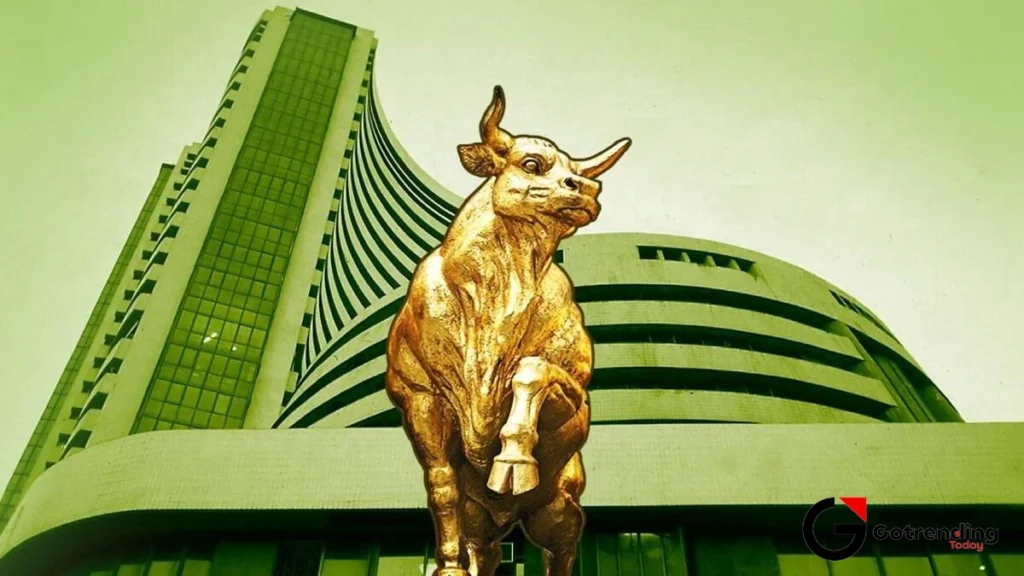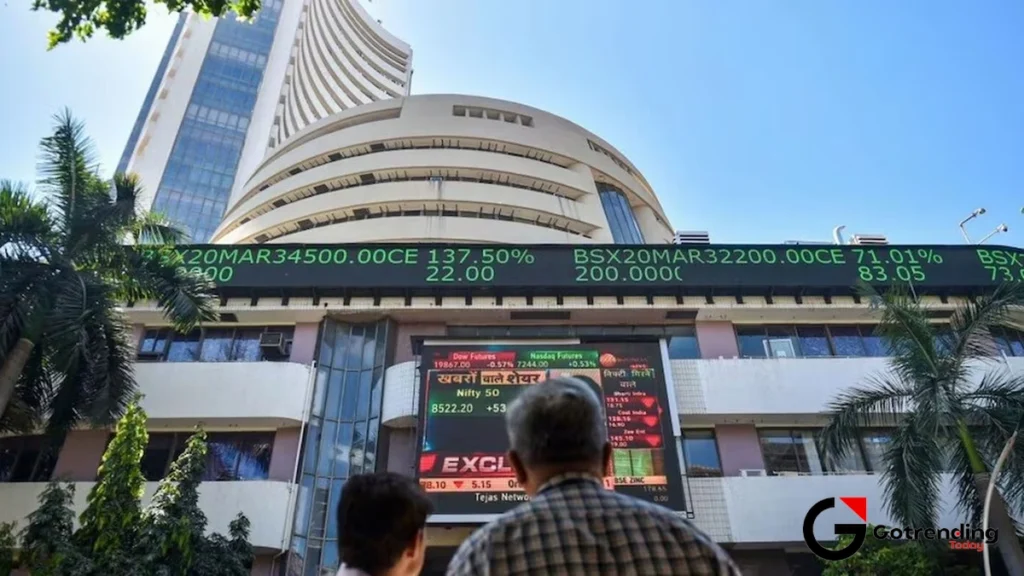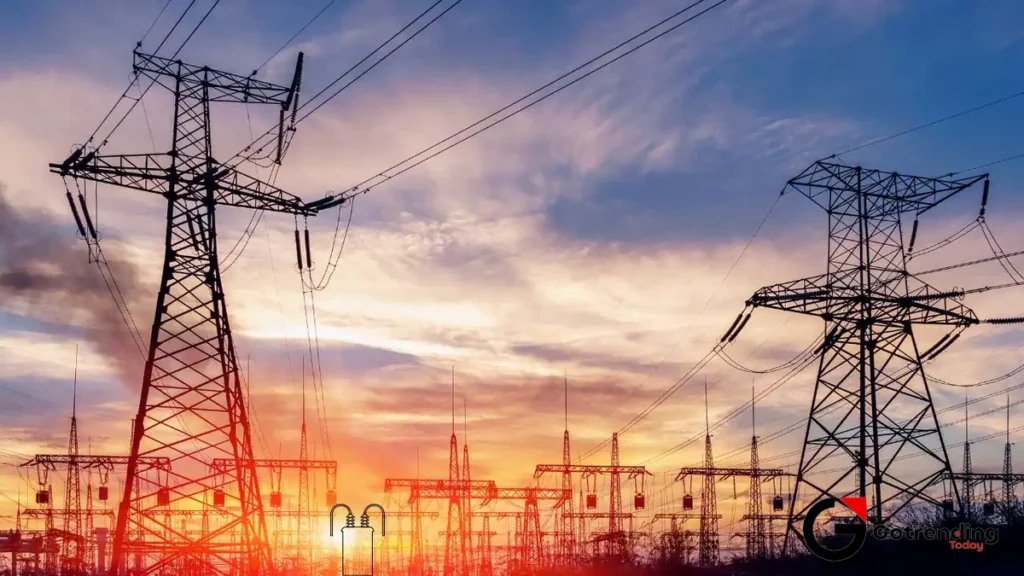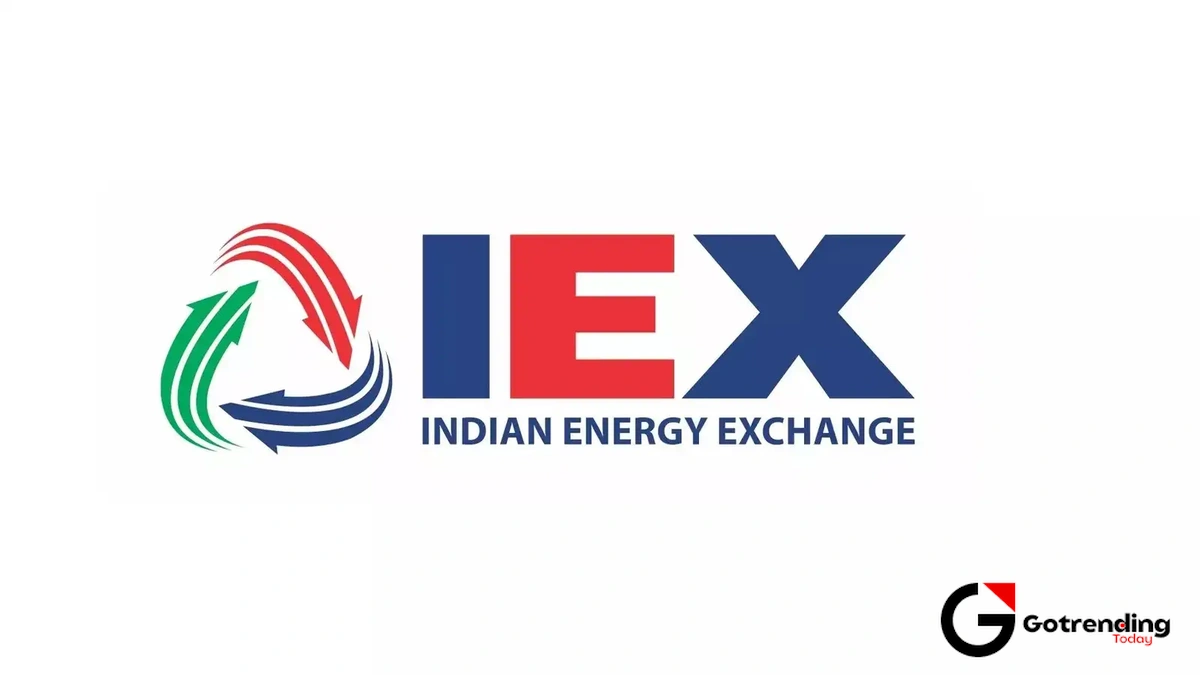The IEX Share Price | A Love Story, a Betrayal, and a Glimmer of Hope
I remember a time, not too long ago, when Indian Energy Exchange (IEX) was the undisputed darling of the Indian stock market. It was the “IT” stock. The one everyone on financial Twitter was gushing about. A beautiful, clean, almost perfect business model with a near-monopoly. What could possibly go wrong? The IEX share price only seemed to know one direction: up. It felt less like an investment and more like a golden ticket.
And then… it wasn’t. The music didn’t just fade; it came to a screeching, record-scratching halt. Suddenly, holding IEX felt less like a genius move and more like holding a ticking time bomb. The WhatsApp groups went quiet. The bullish theses developed cracks. The stock that could do no wrong suddenly couldn’t do anything right.
So, what on earth happened? How did a market-leading, high-growth, debt-free company become a source of such anxiety for so many retail investors? It’s a story of power, regulation, and the terrifying vulnerability of even the most dominant companies. Let’s pour a cup of coffee and untangle this mess.
The Beautiful Monopoly We All Fell For

First, let’s go back to the good times. Why did we all fall in love with IEX? The answer is simple and elegant: its business model. Think of IEX as the NSE or BSE, but for electricity. Before IEX, power producers (like a hydro plant) and big consumers (like a steel factory) had to get into long, complicated contracts to buy and sell electricity. It was slow and inefficient.
IEX changed the game. It created a platform a transparent, automated, online marketplace where electricity could be bought and sold for the next day, or even in real-time. This is the Day-Ahead Market (DAM) and Real-Time Market (RTM) you hear about. It was revolutionary. Power producers could sell their surplus electricity for a good price, and factories could buy power when they needed it most, avoiding shutdowns. It was a win-win.
And the best part? IEX took a tiny commission on every unit of electricity traded. With its first-mover advantage, it captured over 90% of this short-term power market. This is the IEX monopoly that everyone talks about. It’s a digital platform with huge operating leverage meaning, as more electricity gets traded, its profits shoot up without a massive increase in costs. It was the kind of business that would make you want to analyse its fundamentals in the same way one might deep-dive into a high-growth manufacturing stock.
The growth story was intoxicating. India’s energy needs are only going up. More factories, more homes with ACs, more electric vehicles. And all that electricity needed to be traded somewhere. IEX was perfectly positioned to ride this massive wave. Simple, right?
The Regulatory Ghost | Answering “Why Is IEX Share Falling?”

This is where our love story turns into a horror movie. The ghost in this story is the Central Electricity Regulatory Commission, or CERC. Because IEX operates in a regulated sector, its biggest strength its monopoly is also its greatest weakness. It’s always at the mercy of the regulator.
In mid-2023, CERC dropped a bombshell. A proposal for something called “Market Coupling.” Let me try to explain this without putting you to sleep. Right now, if you want to trade power, you go to an exchange (mostly IEX), place your bids, and the price is discovered there. With market coupling, the plan is to have a central authority collect all the bids from all the power exchanges (IEX and its two smaller competitors, PXIL and HPX) and then find one single price for everyone. The process is then handled by a central body, not the exchanges themselves.
Do you see the problem? This move threatens to strip IEX of its core function: price discovery. If all orders are pooled and matched centrally, what’s IEX’s advantage? Its deep liquidity and network effect the very things that create its moat could become irrelevant overnight. It would effectively turn IEX from a dynamic marketplace into a simple letterbox for collecting orders. This news, as reported by outlets like The Economic Times, sent shockwaves through the market, and the stock took a nosedive.
The frustrating thing about this topic is the uncertainty. It’s been over a year, and there’s still no final clarity on if or when this will be implemented. The market hates uncertainty more than anything, which is why the IEX share price NSE chart has looked so brutal. This single issue of CERC market coupling is the reason for all the pain.
The Million-Dollar Question | What’s the Future Growth Path?

So, is IEX doomed? Is it game over? Not necessarily. This is where the bull vs. bear debate gets really interesting. It’s a classic battle of fundamentals vs. sentiment.
The bear case is simple: market coupling gets implemented, IEX loses its monopoly pricing power, and its growth and profitability collapse. The stock is toast.
But the bull case, the one that keeps long-term investors holding on, is more nuanced. It rests on a few key pillars:
- The Sheer Size of the Indian Market: The overall pie is growing. India’s energy transition is a multi-decade story. Even with competition, a rising tide could lift all boats.
- New Products: IEX isn’t just sitting still. It’s aggressively moving into new areas like the Green Day-Ahead Market (GDAM) for renewable energy, and it’s building a platform for carbon credit trading. These could be massive future growth engines.
- The Implementation Hurdle: Actually implementing market coupling is technically and politically complex. There’s a chance it gets delayed indefinitely or implemented in a much softer form that doesn’t completely destroy IEX’s business.
I initially thought the market coupling threat was a death blow. But after looking deeper, it feels more like a high-stakes negotiation. The regulator wants to foster competition, but it’s unlikely they want to kill the country’s most successful energy exchange. The final IEX share price target that analysts give depends entirely on which side of this regulatory fence they sit on. It’s a bit like the analysis for other consumer-facing giants; for example, a detailed analysis of Titan’s share price also considers regulatory risks like hallmarking rules or import duties.
The Indian energy exchange share analysis is no longer just about numbers on a spreadsheet; it’s about reading the political and regulatory tea leaves. And that’s a tough game to play.
A Few FAQs for the Troubled IEX Investor
So, in simple terms, why did the IEX share price fall so much?
The single biggest reason is the proposal by the regulator (CERC) to introduce ‘market coupling.’ This move could potentially take away IEX’s main advantage of being the primary place for price discovery, turning it into just one of three exchanges feeding orders to a central system. This regulatory uncertainty has spooked investors and hammered the stock.
Is IEX still a monopoly?
Technically, no, as two other exchanges exist (PXIL and HPX). Practically, for now, yes. IEX still commands over 90% of the market volume in the key Day-Ahead segment due to its deep liquidity and network effects. The fear is that market coupling would effectively end this practical monopoly.
Is it a good time to buy IEX shares now?
This is a question only you can answer, and this isn’t financial advice. Buying now is a high-risk, potentially high-reward bet. You are betting that either market coupling won’t happen, or that its impact will be minimal, or that IEX’s new business lines will more than make up for it. It’s a bet on the business fundamentals winning over regulatory fears. Tread very, very carefully.
What are the real long-term growth triggers to watch for?
Beyond the current mess, look for growth in the Green Energy market (GDAM), the launch and adoption of their carbon credit trading platform, and increasing volumes in the long-duration contracts segment. If the IEX future growth is to resume, it will come from these new ventures diversifying its revenue away from just the Day-Ahead Market.













